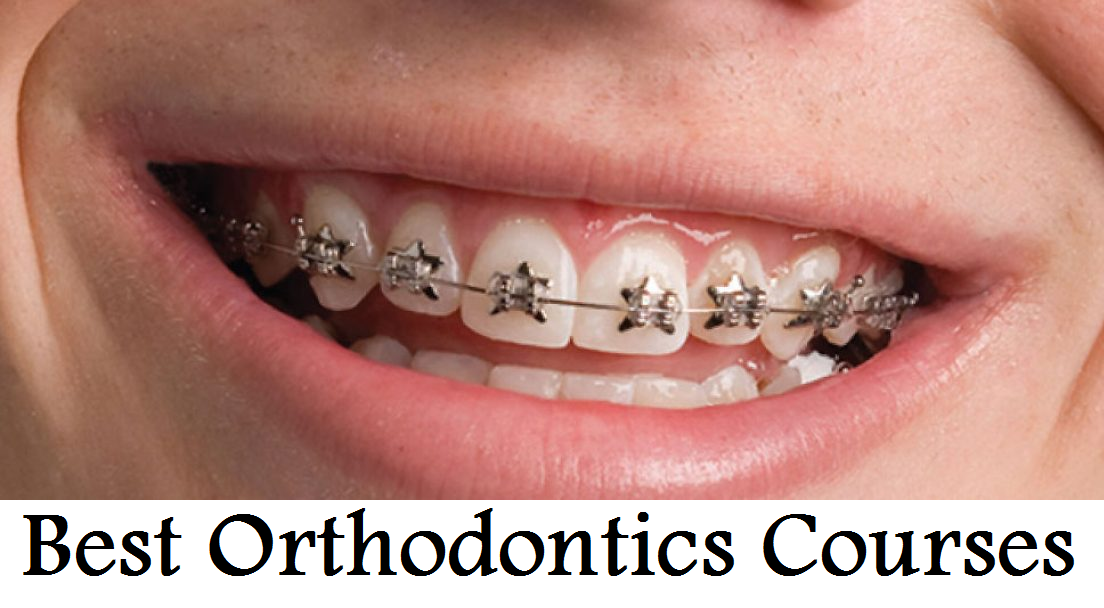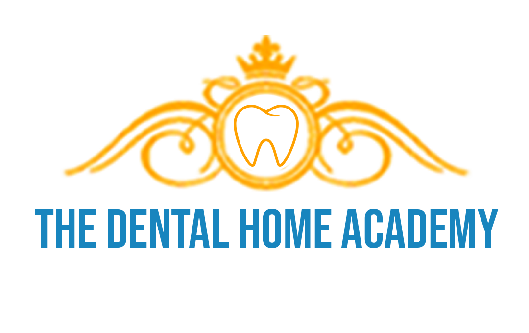
BEST ORTHODONTICS COURSES
Orthodontics is a course that focuses on tooth straightening, bite correction, and occlusion. This course is a subspecialty of dentistry. This course will teach you about oral health conditions such as teeth, gums, and mouth, as well as diagnosis, treatment, and prevention. Orthodontists are trained to diagnose and treat misaligned teeth and jaws. After completing the 10+2 / Higher Secondary/equivalent in Science with Physics, Chemistry, Biology, Mathematics, and English with 45%- 50% aggregate marks, students can pursue an Orthodontic degree. When a patient requires the services of an orthodontic specialist, it should be simple to locate a qualified and experienced professional who can assist. Recent research, however, indicates that there is a growing shortage of dental professionals with previously advanced degrees in orthodontics. This can make it difficult, if not impossible, for patients to seek help. You can expand your services to include these types of treatments if you learn orthodontics. This way, your current and prospective patients will know exactly who to contact when it comes time to straighten their teeth. One of the advantages of studying orthodontics is that you will gain a thorough understanding of how these treatments can affect and benefit a patient's overall health. Then you can share your knowledge with curious patients who are debating whether or not to pursue treatment. For example, you will learn in your studies that correctly aligning a patient's teeth can improve speech and bite problems. Furthermore, it can make cleaning around their teeth easier, preventing harmful bacteria from growing on their teeth and gums. Chronic oral infections, if left untreated, can lead to a variety of health problems, including diabetes, respiratory complications, and heart disease. Understanding the whole-body connection is critical, and as a general dentist, you can explain it to a larger audience who may require treatment now or in the future.
- BEST ORTHODONTICS COURSES IN INDIA
- BEST ORTHODONTICS COURSES IN DELHI
- BEST ORTHODONTICS COURSES IN SOUTH DELHI
- BEST ORTHODONTICS COURSES IN NORTH DELHI
PLEASE CONTACT US AT 9818351814 FOR MORE DETAILS.
| Tags: |
